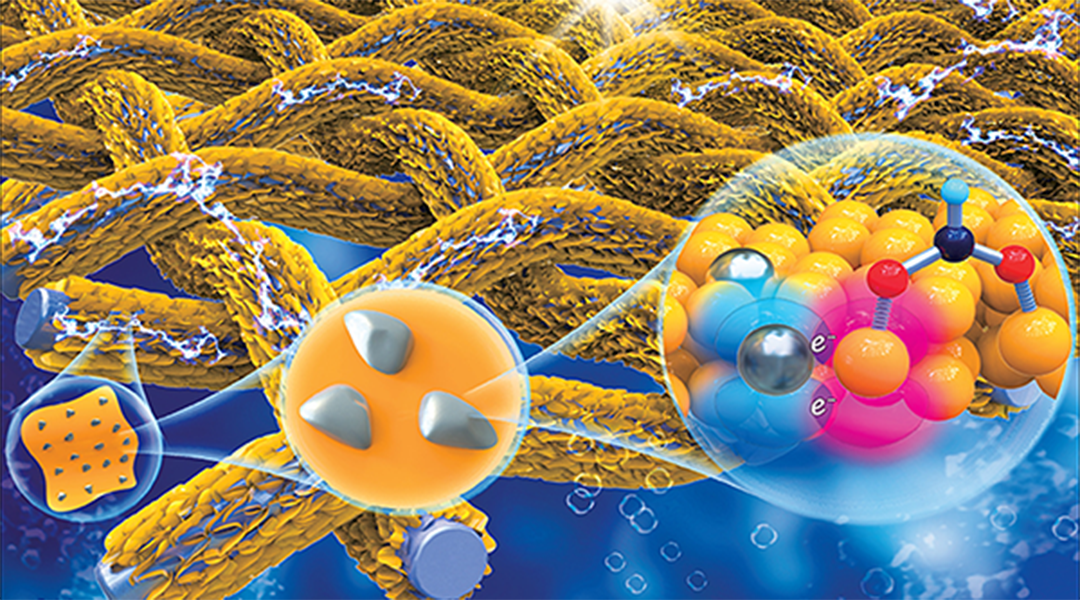Utilization of carbon dioxide (CO2) is valuable from both an environmental and economic standpoint. Producing value-added chemicals from CO2 is one important strategy.
In Advanced Energy Materials, Prof. Zhongwei Chen from the University of Waterloo, Prof. Zhengyu Bai from Henan Normal University, and their co-workers design a highly selective electrocatalyst for the conversion of CO2 to formate.
Bismuth nanoparticles were deposited onto tin oxide nanosheets grown on a carbon fabric. This bimetallic catalyst was tested for the electrochemical reduction of CO2.
The catalyst demonstrated a remarkable faradaic efficiency for formate production compared to the production of carbon monoxide and hydrogen.
Prof. Zhengyu Bai: “It’s critical to improve selectivity, activity, and stability of catalysts for CO2 electroreduction. We reveal the orbital interactions of the bimetallic catalyst, effectively shifting reaction pathways toward formate formation.”
Theoretical calculations show that the high catalyst efficiency can be attributed to strong orbital overlapping.
To find out more about this promising electrocatalyst for large-scale formate production, please visit the Advanced Energy Materials homepage.

















